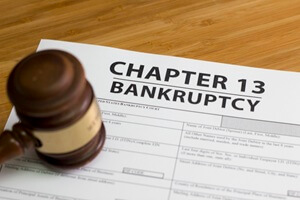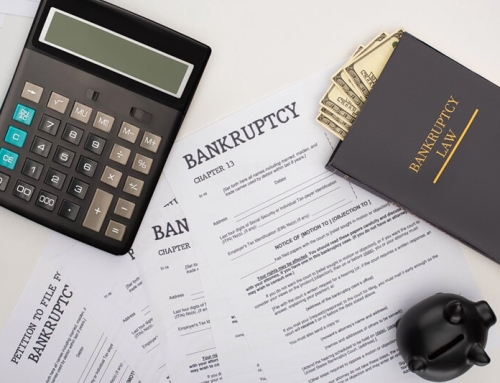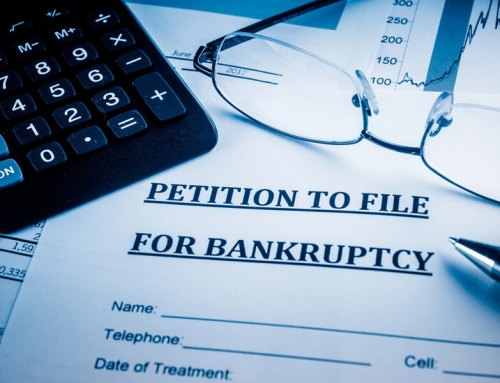Why Chapter 13 May Be Better Than Reaffirming Debts
Overview:
Reaffirming debts keeps you personally liable even after bankruptcy, which can lead to foreclosure or repossession if you fall behind. On the other hand, Chapter 13 offers a repayment plan that helps you catch up on missed payments, protect property, and discharge remaining unsecured debts. For many people, Chapter 13 provides safer long-term protection than reaffirmation. An Austin bankruptcy lawyer can take a closer look at your situation and help you decide which one is a better option.
When you file Chapter 7 bankruptcy, your lender may ask you to reaffirm a debt. That’s a written agreement where you promise to keep paying, usually on a mortgage or a car loan. On the surface, it sounds like a way to hold on to important property. However, it comes with a catch: the debt survives your bankruptcy. If you miss payments later, the lender can repossess or foreclose and still come after you for whatever balance remains.
This is why reaffirmation deserves careful thought. It can give a lender leverage over you long after you expected to be free from debt. Continue reading to learn why reaffirmation can be risky, how Chapter 13 works differently, and when one choice might make more sense than the other.
Why Debt Reaffirmation Can Be Risky
Many people sign reaffirmation papers without realizing what they’re giving up. Once you reaffirm, you lose the fresh start that bankruptcy was supposed to provide for that debt.
If you reaffirm a car loan and later fail to make payments, the car can still be repossessed, and the lender can sue you for the remaining balance. If you reaffirm a mortgage and fall behind again, foreclosure is still on the table. Bankruptcy won’t protect you because you agreed to keep the debt alive.
Some lenders push reaffirmation hard, and it can feel like you have no choice. But you do.
How Chapter 13 Bankruptcy Works
Chapter 13 bankruptcy takes a different approach. Instead of erasing debts all at once like Chapter 7, it creates a repayment plan that usually lasts three to five years. This arrangement allows you to make up missed payments over time while keeping your property.
Let’s take a mortgage example. If you are $15,000 behind on your house, reaffirmation in Chapter 7 would not solve the arrears. The lender could demand the full amount right away. In Chapter 13, that $15,000 gets spread across the length of your repayment plan, making it affordable.
The same goes for a car. Chapter 13 allows you to catch up while still driving it, and in some cases, reduce the secured debt to match the car’s actual value. That’s something reaffirmation cannot do.
A Closer Look At Credit Unions
Credit unions can add another complication. Many use what’s called “cross-collateralization,” meaning your car loan can also secure your credit card or personal loan. Reaffirming one debt may trap you into keeping the others, too.
Chapter 13 can break this cycle. Courts may reduce the secured claim to the value of the car and treat the rest like unsecured debt, which may be discharged at the end of your plan.
The Long-Term Benefits Of Chapter 13
Reaffirmation locks you back into a private deal with a lender. On the other hand, Chapter 13 brings those debts into a structured plan under the supervision of the court. This arrangement offers a few real benefits:
- Payments are based on your income, not whatever the creditor demands.
- At the end of the plan, remaining unsecured debts are discharged.
- Creditors must follow the plan once it’s approved.
- You may be able to protect co-signers from collection while you’re in the plan.
- Plans can sometimes be adjusted if your income or expenses change.
For many people, these protections make Chapter 13 more predictable. They also lower the risk of losing property later because of a single missed payment or a sudden change in financial circumstances.
When Is Reaffirmation A Good Option?
There are some situations where reaffirming a debt makes sense. If you are completely current on a car loan, you can afford the payments, and you want the loan to continue building your credit history, reaffirmation may work. The same can be true with a mortgage you are confident you can pay.
However, those situations are narrower than many people think. Even then, reaffirmation should be a careful decision, not something signed under pressure.
Why Choosing Between Chapter 13 & Reaffirmation Matters
Bankruptcy is meant to give you a fresh start. Reaffirmation can chip away at that promise by tying you back to debts that could follow you for years. Chapter 13, while longer and sometimes more demanding, can give you a safer path forward. It balances repayment with real protection, helping you rebuild without the same risk of ending up in trouble again.

How Austin Bankruptcy Lawyers Protect Your Financial Future
If you are deciding between reaffirming a debt and filing Chapter 13 bankruptcy, you don’t need to figure it out alone. At Austin Bankruptcy Lawyers, a division of Kannon Moore Law, we help take that pressure off your shoulders. Our team walks you through your finances step by step, explains how repayment plans actually work in practice, and helps you see which option truly protects you.
When creditors push for reaffirmation, we make sure you understand the long-term consequences before you sign anything. If Chapter 13 is the better fit, we guide you through building a plan that is realistic, sustainable, and aimed at keeping your property while moving you toward a clean financial slate.
You don’t have to guess your way through these choices. We’ll be with you from the first meeting through the last court filing, making sure you know what to expect at every step.
FAQ: Chapter 13 vs. Reaffirmation
It’s normal to still have concerns after learning about reaffirmation and Chapter 13. Here are answers to some of the most common questions people ask.
Bankruptcy law is full of details that can make or break your financial future. If you’re considering reaffirmation or Chapter 13, make sure you have clear answers before you commit.
& Let’s Discuss How We Can Best Help Eliminate Your Specific Financial Struggles!





